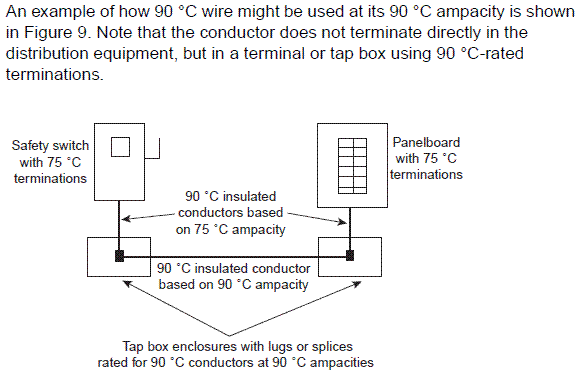electriciansnet
Member
I'm bidding a kiosk. The architect is showing a 100 amp/ 3 phase/ 208-120 panel in the kiosk. Well the existing conduit is only 1" and its in the slab under marble floors. This is the International Plaza in Tampa and it is very high-end. There is no way trenching is an option and the mall has expressed they will never allow it but he is insisting "Replace the pipe!". The demand load is 58.32.
So I started looking a little harder at his riser just to get all the options for the owner.
He has this 100 amp panel fed from a 45KVA transformer and has us ripping out a perfectly good 35kva transformer and it's breaker and set of 60 amp feeders and disconnect to be replaced by: Primary- a very expensive Square D 'KCL' 80A breaker, 3-#3s & 1-#8 in 1-1/4C , 80a disconnect to a 45kva transformer. Secondary- Xfrmr to 100a disconnect (necessary for remote room), 4-#3 & #8 in 1-1/4 (replaces the 1" under marble) to 100 amp kiosk panel.
Q1
Now since power in = power out and I take 100 amp secondary x 208v (s) / 480v (p) I come up with 43.33... do I have to multiply by 1.732 bringing it to 75.05? No right?
The 60 amp primary should work, right?
Q2
What would you guys do to solve the pipe fill problem? My recommendation was to move a smaller transformer to the kiosk and send 480 out to it.
So I started looking a little harder at his riser just to get all the options for the owner.
He has this 100 amp panel fed from a 45KVA transformer and has us ripping out a perfectly good 35kva transformer and it's breaker and set of 60 amp feeders and disconnect to be replaced by: Primary- a very expensive Square D 'KCL' 80A breaker, 3-#3s & 1-#8 in 1-1/4C , 80a disconnect to a 45kva transformer. Secondary- Xfrmr to 100a disconnect (necessary for remote room), 4-#3 & #8 in 1-1/4 (replaces the 1" under marble) to 100 amp kiosk panel.
Q1
Now since power in = power out and I take 100 amp secondary x 208v (s) / 480v (p) I come up with 43.33... do I have to multiply by 1.732 bringing it to 75.05? No right?
The 60 amp primary should work, right?
Q2
What would you guys do to solve the pipe fill problem? My recommendation was to move a smaller transformer to the kiosk and send 480 out to it.

